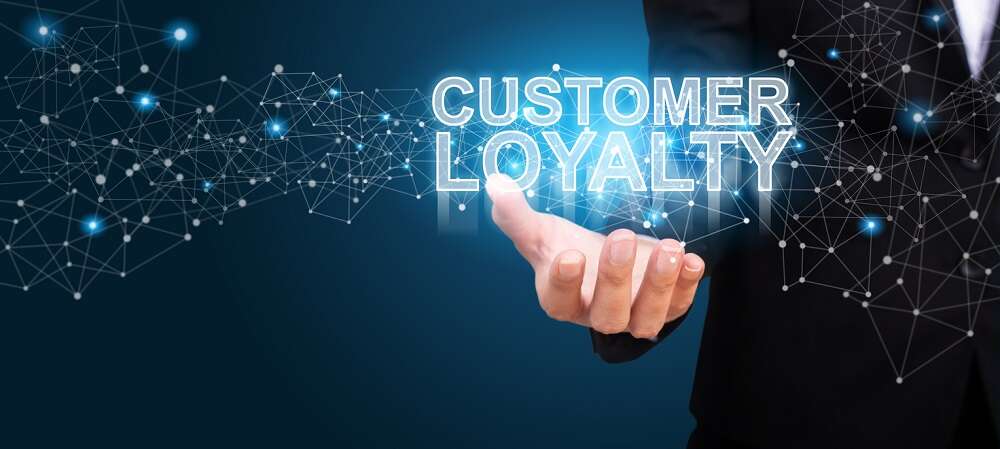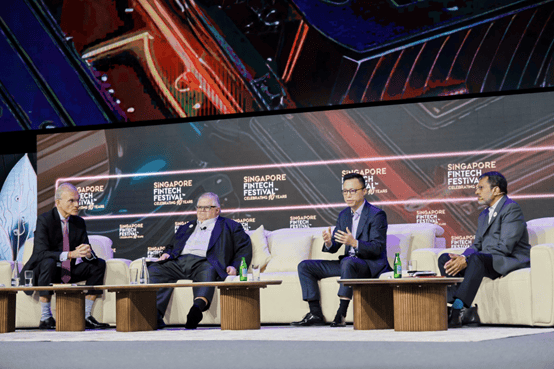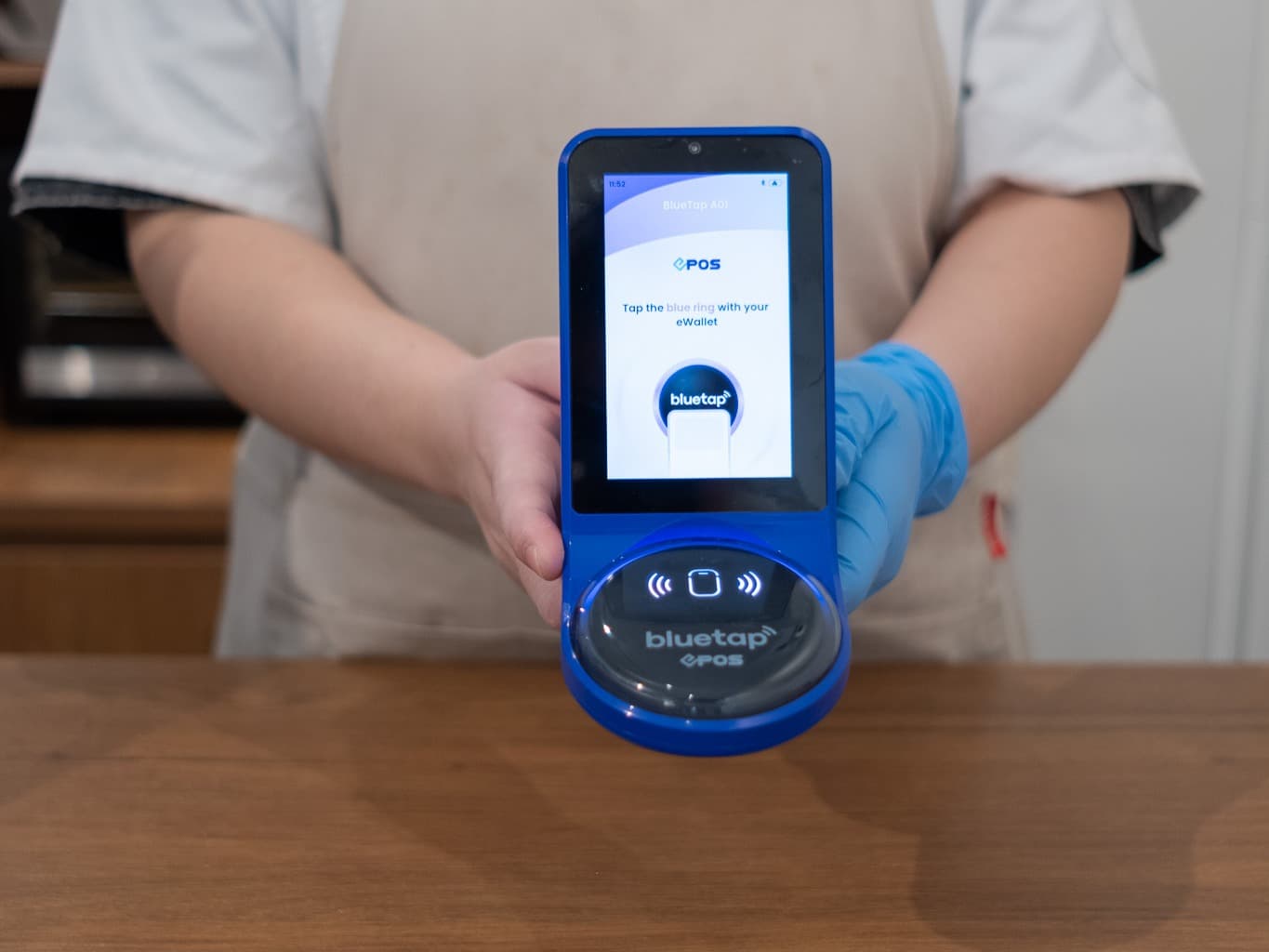

Cultivating repeat customers and maintaining long-term partnerships offers a cost-effective approach to increasing sales volumes. It can also harness the power presented by customer loyalty and propel your business forwards.
Consumer facing brands are often fast to adopt loyalty programmes, with reward schemes, partnership referrals and third party rewards a commonplace marketing tactic. However, their B2B counterparts can be less quick to join the loyalty movement, despite evidence that B2B programmes can be just as powerful as their consumer counterparts. They simply require a different approach.
Loyalty for consumer brands
Lots of consumer businesses have a natural affinity with loyalty schemes, which explains they’re so popular! What often starts as a simple discount scheme has rapidly evolved and now, consumer brands are becoming increasingly inventive with the way they use loyalty programmes. This is driven by both a desire to stand out against the competition, and consumer demands for a different experience.
Modern consumer audiences are more motivated by environmental, governance and social (ESG) plans than ever before, as such many brands now offer charitable donations and environmental commitments as part of their loyalty plans.
Meanwhile, experiential rewards and third party treats resonate with customers, and channels and ways of earning rewards have evolved, too. As an example, the surfing brand Rip Curl rewards time spent surfing by tracking their customers’ surfing sessions through an app. Gamification – the practice of involving some level of gaming and problem solving in the loyalty scheme – is growing in popularity and finding new ways to engage with an audience. KFC, for example, use this to great effect in their loyalty programme.
Why B2B brands often differ
It’s not uncommon for B2B brands to feel that loyalty programmes don’t fit appropriately with their customer engagement and retention strategy, but this is a considerable oversight. In fact, across the board when businesses with loyalty programmes monitor their ROI, over 80% of them said they had a positive return on investment, generating on average 3.8 times more revenue than they cost – figures taken from the Antavo 2023 Global Customer Report.
Loyalty programmes can work exceptionally well for B2B businesses.The difference is more careful consideration of audiences, the buying cycle and retention objectives is what’s needed. There’s a golden rule in customer retention: everyone remembers a good experience. So, investing in building an exciting and useful rewards programme is of vital importance.
For B2B customers, that generally means gifts and experiences rather than discounts. B2B targets respond better to benefits than flatout cash incentives, meaning that loyalty programmes should be built around giving something more experiential back rather than a simple financial discount. A good example is IBM – which operates one of the largest B2B loyalty programmes in the world, offering training sessions as well as discounts in return for engagement with its programme.
The reason for this is that financial considerations are typically a planned decision with multiple layers of approval. B2B brands can better serve their customers by investing time and resources that demonstrate genuine care for the customers’ wellbeing and help them either to do their jobs better, or live a more balanced life.
Using perks and training to help build loyalty
Perks systems tend to work well for B2B businesses too. This means that there is no points system, tiers, or anything else that incentivises progression. Instead, members are privy to all benefits from the moment they enrol. B2B organisations can make great use of a perks approach to build a VIP club for their clients – for example, taking Telarus’ lead. Telarus’ uses a partner loyalty programme where points are issued individually to partners with the rewards catalogue includesincluding professional benefits like training and personal rewards like experiences and gifts.
There are numerous great examples of B2B brands using loyalty programmes to great effect. One such example is Mailchimp, where an insider programme aimed at freelance marketing experts and agencies helps build brand loyalty and educate customers at the same time. The programme is straightforward enough – marketing professionals partner with a company to manage their client’s business through Mailchimp, and receive exclusive perks, training and expertise in exchange. Meanwhile, long-standing members are elevated rs – in this instance, helping marketing professionals access training and new developments that help them do better at their job.
Using partnerships to support loyalty
Partnership programmes can be a magic bullet for brands building successful loyalty programmes, and they are commonly found in B2C plans
Such partnerships see like-minded and complementary brands linking up to offer joint rewards which have a mutual benefit. However, in a B2B context these can be harder to identify. Finding a suite of appropriate partners to add their own gifts and rewards into the mix will help elevate a loyalty programme to the next level. BMW does this well through its Inside Edge B2B programme, which uses the full extent of BMW’s partnership network to offer everything from freebies at Costa Coffee, or complimentary Gruüm gift sets to discounts on BMW services. BMW UK uses Antavo’s loyalty pass system to provide loyalty IDs that can be scanned at reward locations to
identify Inside Edge members.
Taking this approach can also split the financial burden between multiple parties – making it a more appealing strategy for the business as a whole.
The scope for businesses of any type to unlock their potential by harnessing the power of customer loyalty is clear to see. Not only will a cleverly thought-out and well executed loyalty programme help retain and grow clients, it will boost your business’ reputation and make it indispensable among your customers.
It’s imperative that B2B businesses place customer loyalty at the heart of their customer growth plans and invest properly in understanding their audience, embedding their motivators and delivering a programme that will tick all their boxes.


